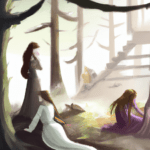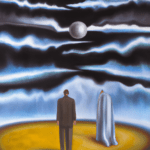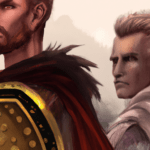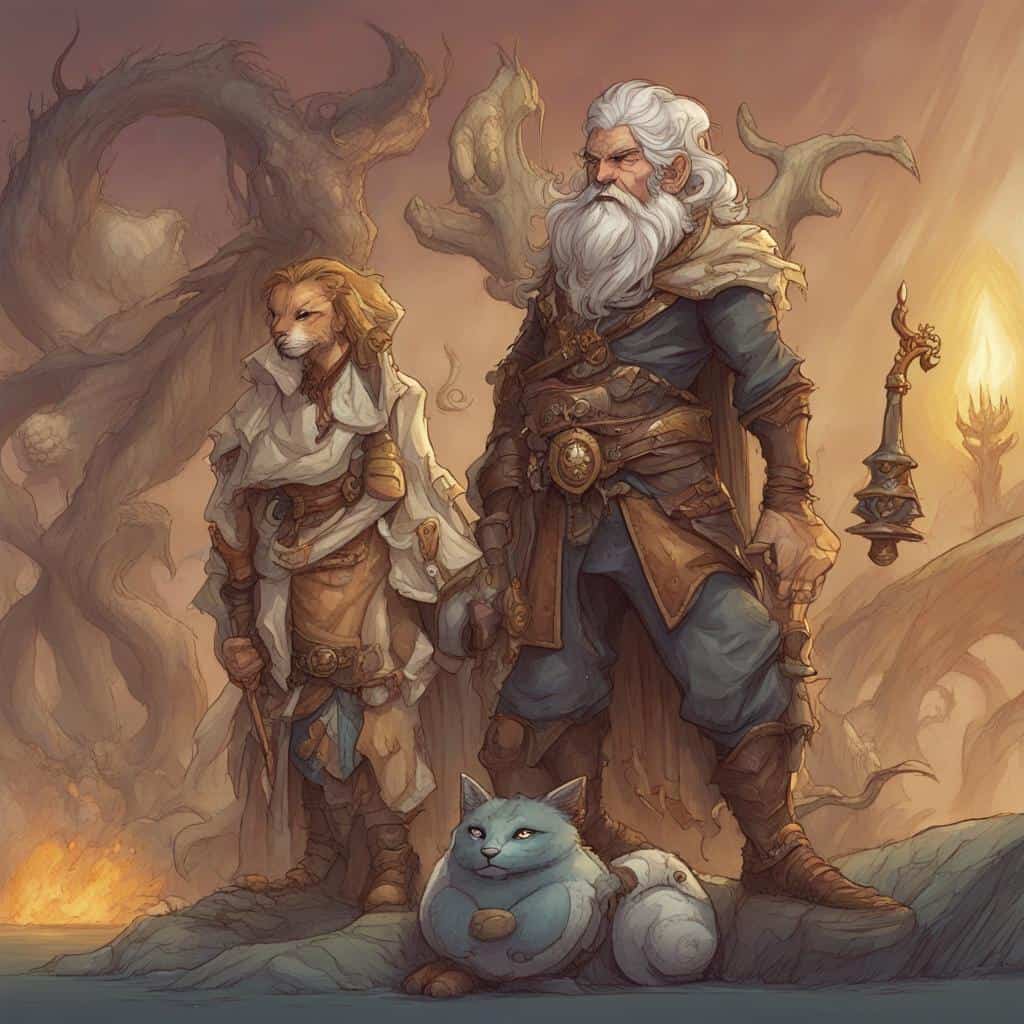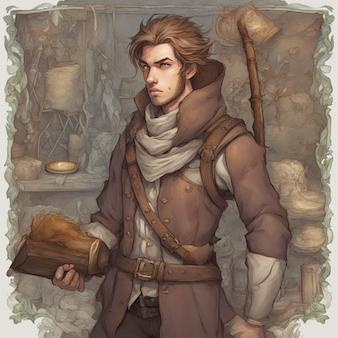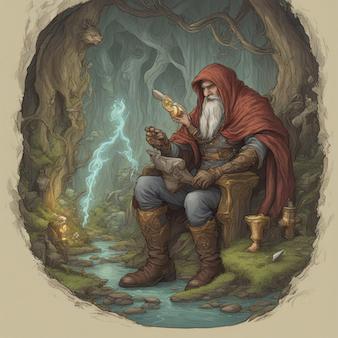Fantasy worlds are often filled with a vast array of creatures that have never been seen in the real world. From dragons to unicorns, these fantasy creatures can help to create a unique and compelling world that captures the imagination of readers and viewers alike. But creating these creatures can be a challenge, as they need to be both believable and interesting. In this article, we will explore some tips and strategies for creating unique fantasy creatures.
Guide to Creating Fantasy Creatures
Start with a Concept
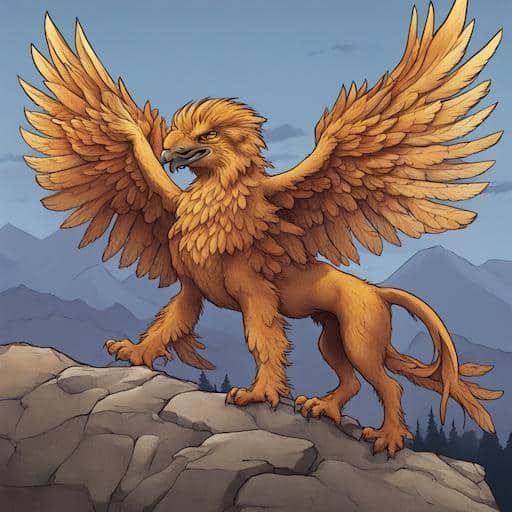
The first step in creating a unique fantasy creature is to start with a concept. This can be anything from a vague idea to a detailed description of what the creature should look like. Some common starting points include combining two or more existing creatures, starting with a unique ability or characteristic, or basing the creature on a cultural myth or legend.
Once you have a concept in mind, start brainstorming and creating a list of possible traits and features. This can include physical characteristics such as size, shape, and color, as well as behavioral and social characteristics such as habits, communication, and hierarchy.
Consider the Environment
The environment in which the creature lives can also play a significant role in its design. For example, a creature that lives in a cold, snowy environment may have thick fur and large paws to help it navigate the snow. On the other hand, a creature that lives in a desert environment may have a more streamlined body and be able to go long periods without water.
Consider how the environment affects the creature’s behavior, too. For example, if the creature lives in a forest, it may need to be quiet and stealthy to avoid predators, whereas a creature that lives in an open plain may need to be fast and have good eyesight to detect predators from a distance.
Make the Creature Believable
One of the most important aspects of creating a unique fantasy creature is to make it believable. Even if the creature is entirely fictional, it should still have characteristics and behaviors that make sense and are consistent with its environment, culture, and physiology.
Consider the creature’s anatomy and physiology, too. For example, if the creature has wings, it should be able to fly based on its size, body shape, and wing structure. Similarly, if the creature is a predator, it should have physical adaptations that help it hunt, such as sharp teeth or claws.
Add a Unique Twist
To make your creature stand out, consider adding a unique twist or feature that sets it apart from other creatures. This could be anything from a unique physical trait, such as a third eye or the ability to change colors, to a unique ability or behavior, such as telepathy or a particular mating ritual.
Give the Creature a Backstory
Another way to make your creature more interesting and compelling is to give it a backstory. This could include information about the creature’s origins, culture, and history, as well as its relationships with other creatures in the world.
By giving the creature a backstory, you can create a richer and more detailed world that readers and viewers can immerse themselves in. This can also help to make the creature feel more real and relatable, even if it is entirely fictional.
Creating unique fantasy creatures can be a challenging but rewarding process. By starting with a concept, considering the environment, making the creature believable, adding a unique twist, and giving it a backstory, you can create a creature that is both compelling and believable.
Keywords: fantasy creatures, unique, concept, environment, believable, backstory, fantasy creatures step-by-step, guide to creating fantasy creatures, how to create fantasy creatures
Check out our Novel Writing Workbooks
Check out Little Tree Food Forest for articles on food forests and homesteading.
Check out FoodieScapes for articles on growing, fermenting and preserving food
Check out StoryScapes.World for articles on writing.
Subscribe to our newsletter to get information delivered to your inbox on how to write a book, outlining your novel, keeping journals, marketing your novel, self-publishing, writing poetry and more.



